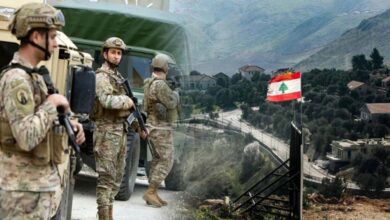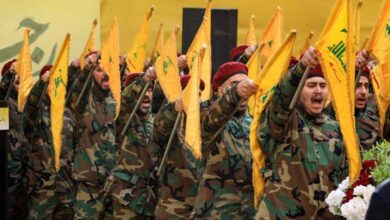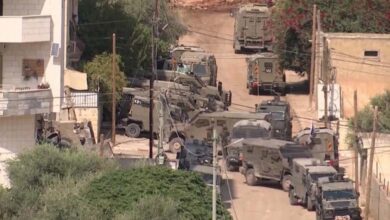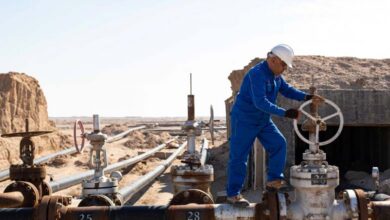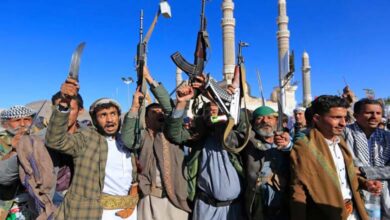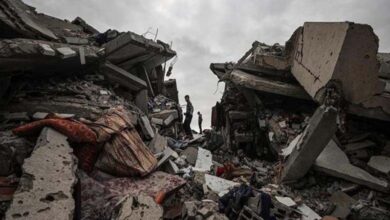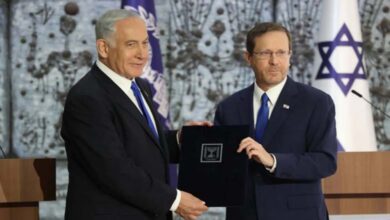They Swap Roles… How the Houthi Gang Profits from the Brotherhood’s Corruption in Liberated Areas

A Yemeni journalistic report has exposed a collusion between the Houthis and the Muslim Brotherhood against the Yemeni people, illustrated by how the Iranian-backed Houthi gang exploits the corruption of the Brotherhood‘s terrorist group, represented by the Al-Islah Party. These two entities are partners in the catastrophe and coup that have led the country to its current state.
-
Signs of Major Disputes between the Muslim Brotherhood and the Houthis… Details
-
The Muslim Brotherhood and the Houthis: Who is blocking the Prisoner Exchange Deal?
According to the local website Al-Muntasaf, several Houthi leaders have commented on the deteriorating conditions in areas controlled by the internationally recognized government, particularly the rising prices of consumer goods and services due to the corruption of Al-Islah members and their partners in the power-sharing government, as highlighted in recent official reports.
As the local currency, the Yemeni riyal, continues to collapse, causing a sharp increase in the prices of consumer goods, and with essential services such as electricity and water coming to a halt, the Houthi gang has begun exploiting the suffering of residents in liberated areas caused by the Brotherhood’s corruption. This serves as a distraction from the catastrophic conditions also prevailing in the regions under Houthi control.
-
Houthis Continue to Threaten Israel despite Gaza Ceasefire
-
Painful blows to the Houthis: US-British airstrikes on Sanaa and Amran
According to economic experts, the Houthi gang is desperately looking for any excuse to evade responsibility for the total collapse of living conditions in its territories, particularly the lack of cash flow and citizens’ inability to afford their daily necessities due to skyrocketing food prices, which are even higher than in liberated areas relative to exchange rates.
The Yemeni website reports that both parties play a complementary role in exploiting the people’s suffering, as they are both responsible for the February 2011 disaster, which culminated in the Houthi coup in 2014, followed by a decade of continuous wars, foreign interventions, and the blockade imposed on commercial ships entering and leaving Yemeni ports.
-
The Houthis Struggle to Avoid al-Assad’s Fate… What Are They Doing?
-
A Last Card against Isolation: The Houthis Resort to the “Sanaa Conference”
The report emphasizes that these two groups are the primary culprits behind the catastrophic deterioration of living conditions, economic stability, and services in Yemen. The suspension of oil and gas exports due to disputes over revenue-sharing is a prime example, as seen in the corruption scandals involving PetroMasila, which is headquartered in Houthi-controlled Sanaa.
Between this unspoken collusion between both factions—backed by regional, UN, and Western actors—and their publicly staged rivalry, it is the Yemeni people who bear the greatest burden. While the power elites that emerged from the 2011 disaster live in luxury and extravagance abroad with their families, 34 million Yemenis endure poverty, famine, and a complete lack of basic services within the country.



